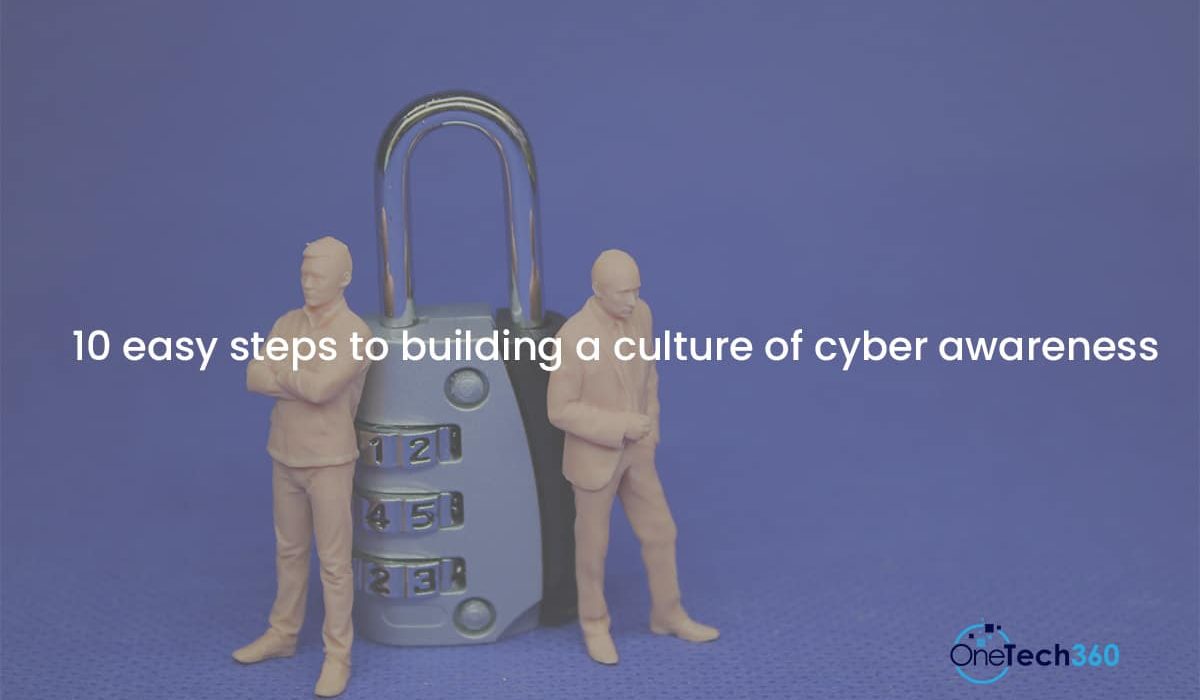Cyberattacks are a big worry in today’s digital world. These threats can seriously harm businesses and disrupt personal lives, from phishing emails and malware downloads to data breaches.
Often, it’s employee mistakes that open the door to these threats. Many people just aren’t aware of the cybersecurity risks. They might accidentally click on a phishing link or set up a really simple password that hackers can easily guess. Did you know that 74% of data breaches happen because of human mistakes? That’s a huge number!
But here’s the upside: we can prevent these mistakes. Building a strong culture of cyber awareness can really lower your risks.
Why Culture Matters
Think of your organization’s cybersecurity like a chain. If all the links are strong, the chain is tough and hard to break. But if there are weak links, it’s much easier to break. Employees are like the links in this chain. By creating a culture of cyber awareness, you turn each employee into a strong link. This makes your whole organization more secure.
Building a culture of cyber awareness in your organization doesn’t have to be complicated. It’s about fostering a mindset prioritizing preventing cyber crimes at every level. Here’s a friendly, step-by-step guide to help you cultivate a more cyber-aware environment:
- Start at the Top: Leadership buy-in is crucial. When leaders emphasize the importance of cybersecurity, it sets a tone for the entire organization. Encourage your top executives to lead by example.
- Educate Continuously: Regular training sessions are essential. These should cover current cyber threats and safe online practices and be updated often to reflect new information and tactics.
- Make it Relevant: Tailor your training to different departments. Ensure the information is relevant to each team’s daily risks and tools.
- Encourage Open Communication: Create an environment where employees feel comfortable reporting potential security threats without fear of blame. Open lines of communication can catch incidents before they escalate.
- Promote Strong Password Practices: Encourage the use of strong, unique passwords for different accounts. Consider implementing multi-factor authentication for an added layer of security.
- Keep it Fun and Engaging: Use interactive methods like quizzes, competitions, and rewards to keep cybersecurity education engaging. Gamification can make learning about cyber threats more enjoyable and memorable.
- Utilize Clear Policies: Have clear, written policies about cybersecurity, including guidelines for internet use, email, mobile devices, and more. Make sure these policies are accessible and understandable for everyone.
- Regularly Update and Patch Systems: Ensure that all software and systems are regularly updated to protect against vulnerabilities. Automate updates where possible to reduce the burden on IT staff.
- Plan for Mobile and Remote Work: With more employees working remotely, it’s essential to extend cybersecurity policies to mobile devices and home networks. Provide guidelines for securing Wi-Fi networks and using VPNs.
- Conduct Regular Audits and Simulations: Test your cybersecurity measures with regular audits and phishing simulations. This not only helps to identify potential weaknesses but also keeps cyber awareness top of mind for your team.
Interested in learning more about Cybersecurity services? Check out these blogs: |
Building a culture of cyber awareness is an ongoing process that evolves as new threats and technologies emerge. By taking these steps, you’ll help create a safer and more secure digital environment for your organization.

